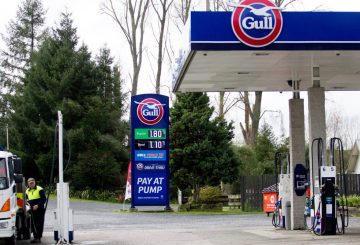Covid-19 경기 침체 기간 동안 일자리를 창출하고 생물 다양성을 개선하기 위해 2021년에 설립된 Jobs for Nature 자금 지원 프로그램이 거의 종료되고 있습니다.연립정부는 여러 정부 기관이 관리하는 12억 달러 규모의 프로그램을 갱신하지 못했기 때문에 대체 자금 지원을 모색하고 있는 많은 프로젝트와 일자리가 불확실합니다.
이 프로그램의 수혜자 중 한 명은 전직 셰프이자 Hem of Remutaka 프로젝트의 프로젝트 리더가 된 비오나 브로튼 (Vyona Broughton) 이었습니다.자연보호부 (DOC) 로부터 156만 달러를 지원받은 이 프로젝트는 해충을 가두고 강둑, 풀이 우거진 방목장, 습지를 심어 4,000헥타르 이상의 해안 땅을 복원하는 것을 목표로 했습니다.이 프로젝트는 수초 감소, 토종 도마뱀 증가, 토종 식물 5만 그루의 식재 등 성공을 거두었습니다.
하지만 프로젝트의 미래는 이제 불확실합니다.Broughton은 포획과 잡초 방제가 중단되면 새 묘목이 풀에 질식할 것이며 설치류와 겨자충은 수년간의 작업을 망칠 것이라고 경고합니다.이 프로젝트는 추가 계약을 통해 3개월의 추가 작업 기간을 확보했지만, 그 이상 보장되는 것은 없습니다.웰링턴에는 보존 관련 일자리가 부족하며 많은 사람들이 보존 분야에서 어떤 역할이든 찾기 위해 분주히 움직이고 있습니다.
DOC에 따르면 프로젝트 시작부터 자금 지원 기한이 제한될 것이라는 정보가 프로젝트에 전달되었습니다.총 4억 4,500만 달러에 달하는 225개 프로젝트에 자금을 지원했으며, 모든 자금 조달은 2026년 6월 말까지 완료될 예정입니다.작업을 지속하는 방법에 대한 논의가 진행 중이지만, 해결책을 찾지 못하면 프로젝트에 고용된 사람들은 일자리를 잃을 수 있습니다.
이 프로젝트의 일꾼인 키리히 노호티마-후니아 (Kirihi Nohotima-Hunia) 는 자금 지원 종료에 실망감을 표하며 작업을 계속할 방법을 찾을 수 있기를 희망합니다.현재로서는 9월 이후에도 새로운 자금 지원 방법을 찾아야 하지만 아직 나무를 심어야 합니다.




























































